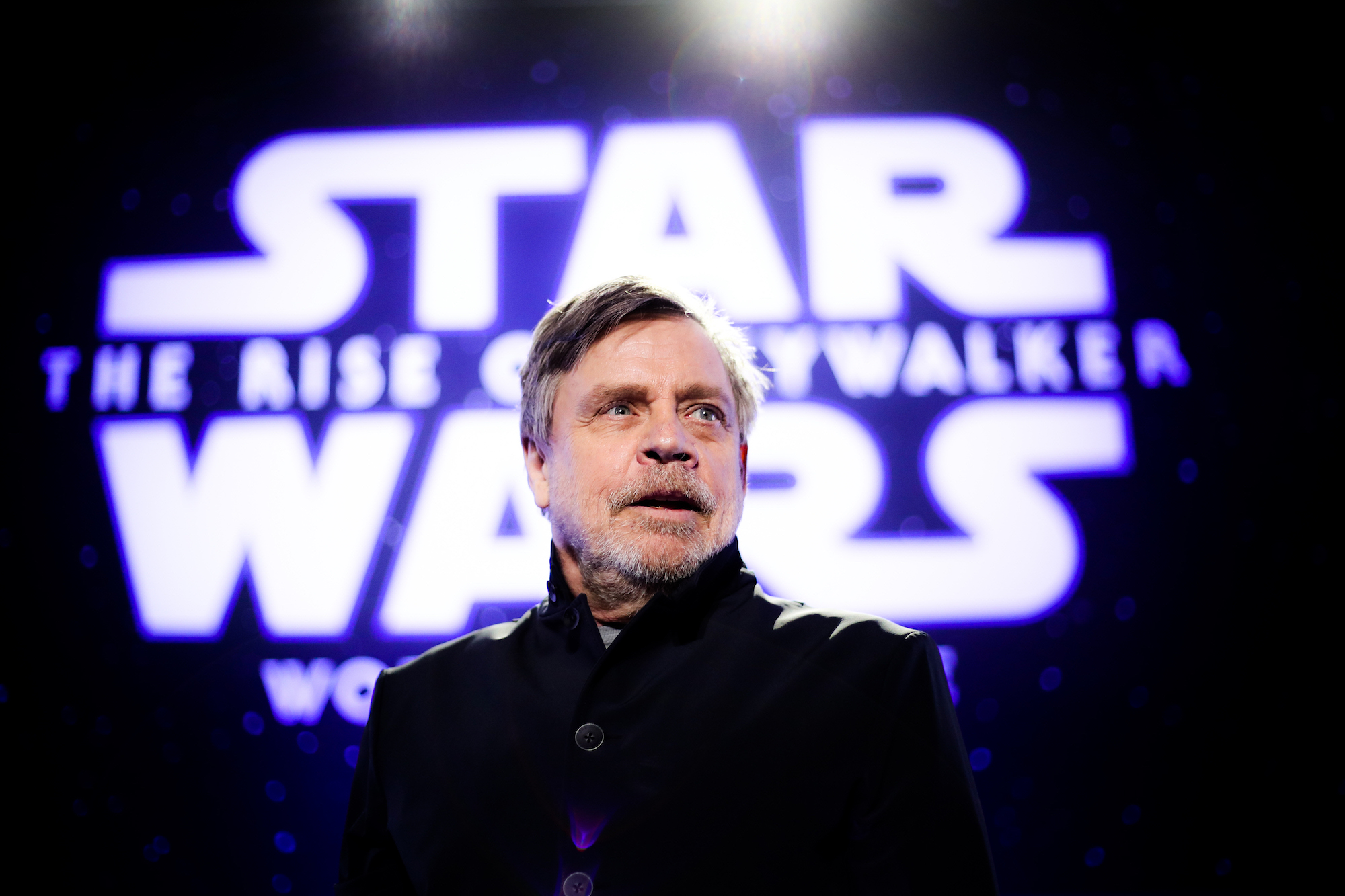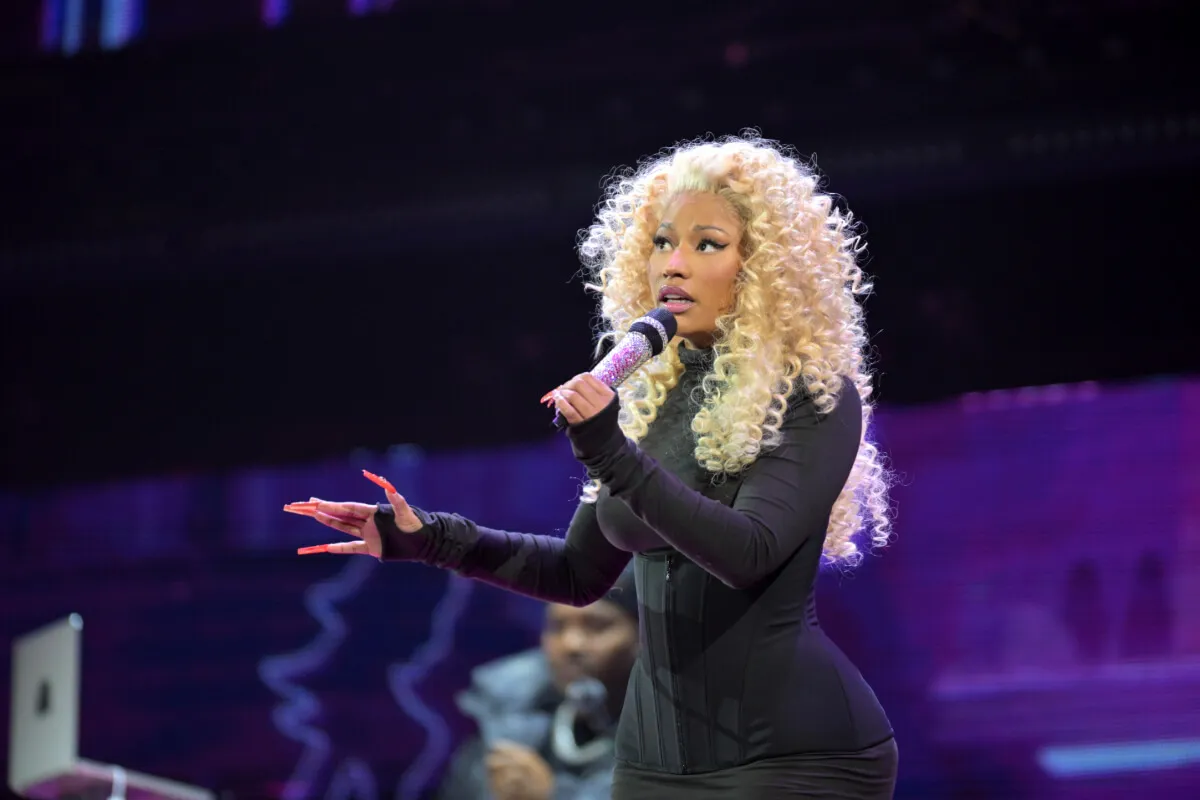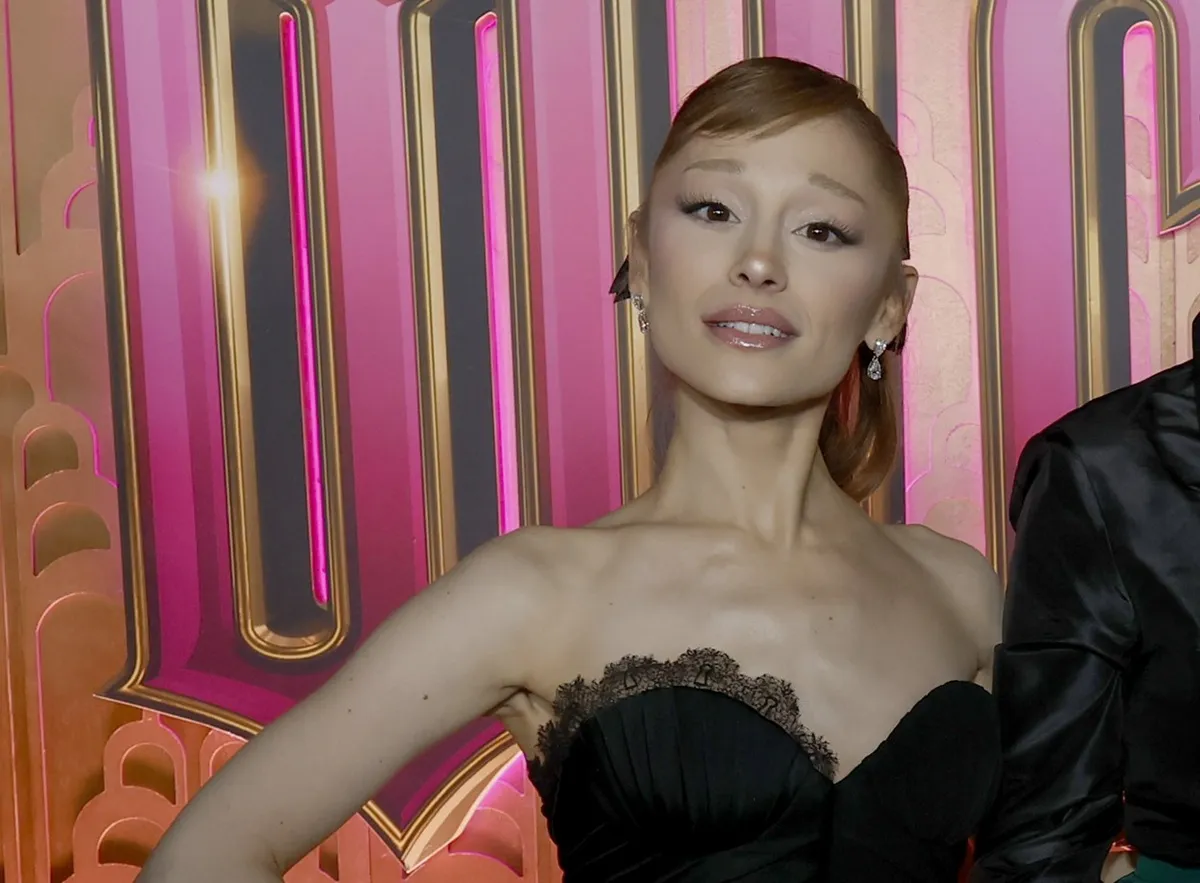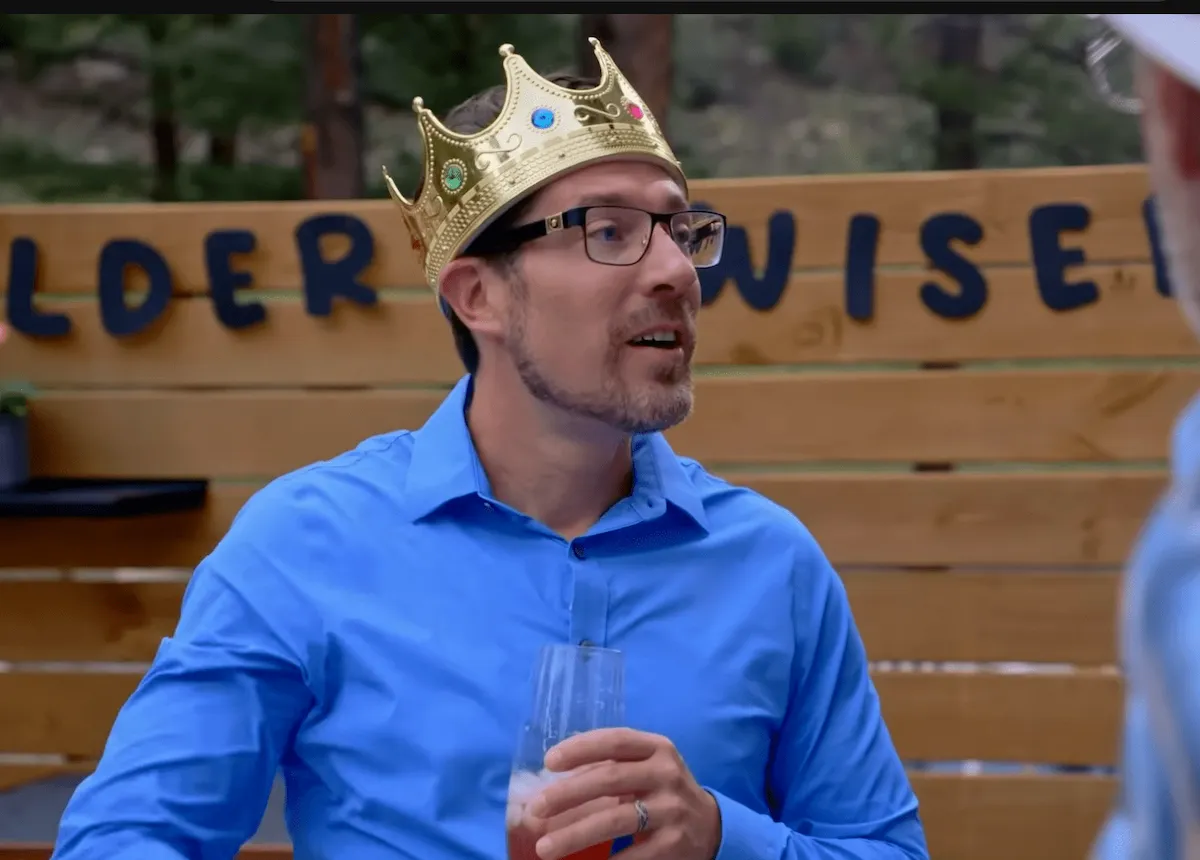How ‘The Rise of Skywalker’ Re-Created Mark Hamill’s Face to Look Younger
Last year’s The Rise of Skywalker was the final installment of the most recent Star Wars sequel trilogy. Consequently, it was also the final part of the nine-episode arc sometimes referred to as the Skywalker Saga, though it may not be the last Star Wars story overall.
The recent trilogy started with The Force Awakens (2015) directed by J.J. Abrams, then The Last Jedi (2017) directed by Rian Johnson, then finally ended in 2019 with The Rise of Skywalker, also directed by Abrams.
All the films were huge not just in the U.S. but worldwide, where they each grossed over a billion dollars. Part of the reason was that people associate Star Wars with incredible visual effects, or VFX, so fans were pumped for these newer films. They wanted to see just how far visual effects could go with new technology.
On this front, the new movies definitely delivered, but they also left fans with some questions about how the VFX team actually managed to pull it off. Like for instance…how did make a younger Mark Hamill and Carrie Fisher for that flashback scene with Luke and Leia training together in The Rise of Skywalker?
The technology for movie magic has come a long way since the original ‘Star Wars’

When the original trilogy came out, it was at the absolute cutting edge of visual effects technology. Part of what made the movies so beloved was that audiences had never before seen movies that had pulled off such realistic science fiction action sequences before.
Like can you even imagine seeing that Death Star trench run scene way back when? That, coupled with the relatable narratives and thrilling adventure sequences, made the original films arguably the most celebrated trilogy of the entire 20th century.
So much has changed since Industrial Light and Magic (ILM) was founded when filming the original trilogy. ILM is the visual effects division of Lucasfilm that has done the visual effects or VFX for all nine episodes. They have always been at the forefront of the field as the last episode proves, since The Rise of Skywalker showcases the most cutting edge VFX work of any.
‘The Rise of Skywalker’ used a mix of traditional practical stunts and digital VFX technology
Some of the magic that ILM made for the movie is computer effects, such as those used to create the Galaxy Fleet that appeared in pivotal action sequences. The fleet comprised 16,000 ships and required a mind-boggling 8.4 million hours of combined processor time to render properly.
ILM also used old school practical effects, such as forced perspective with miniatures to make what appeared to be giant structures like the Sandcrawler and filming real, costumed horses before altering them to make the orbaks on the star destroyer. Other scenes used a combination of the two, such as Rey’s leap over a fighter ship, which involved a practical leaping stunt and a digitally created fighter.
Similar VFX were also used to recreate Mark Hamill’s face
One scene that seemed to blow audiences’ minds when The Rise of Skywalker came out involved a young Luke Skywalker training with Leia and some lightsabers. They both looked as young as they did in the original films, so how did ILM manage to pull that off?
Well, they used footage from older films, according to ComicBook.com, turns out. The footage of young Luke and Leia specifically comes from Return of the Jedi. Some speculate that the footage used to render a young Mark Hamill was from a scene in which Luke argues with Yoda about rescuing the others and that Leia’s footage is from the scene in which she first realizes that she and Luke are siblings.
Since Carrie Fisher, the actress who played Leia, had tragically died of a heart attack in 2016, similar techniques were involved to create other flashbacks of Leia as well.


